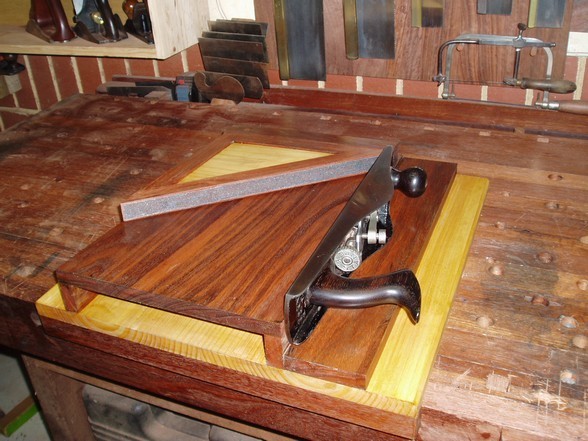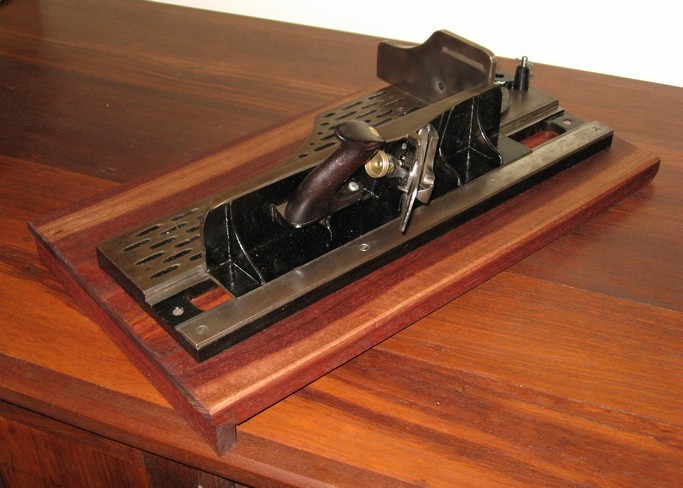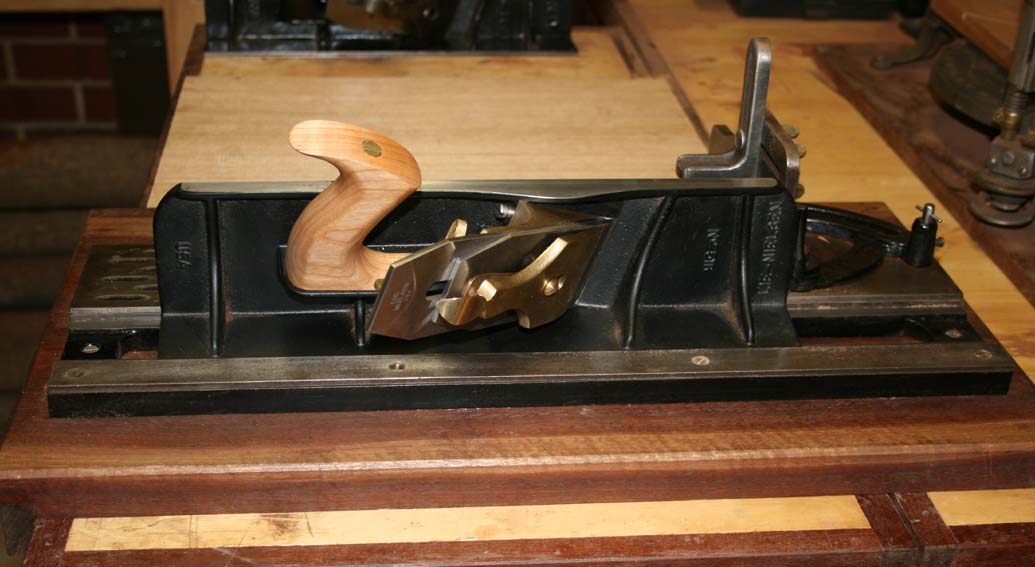@mark w
Squaring plane sides up and making them less structurally sound, isn't something I'd want to do to a vintage plane,
so in that way the premium manufacturers made the biggest improvement there.
Could'a said the likes of Lie-Nielsen are made from practically unbreakable ductile iron too,
that's an improvement also, though never held one apart from a little plane, so can't comment on the weight aspect.
could lap the bejasus of it if bothered, I suppose, so the last bit might be crossed out for someone
possibly, i.e find one used with damaged sole, bit of a long shot, fair enough.
Little bit of fettling is neither here nor there for most jobs,
One would have to be real pushed for time if that's a concern.
Regarding a tuned up Bailey vs something on ebay which has light haze of rust and potential i.e with good pictures.
I'd not personally consider any difference in their value really, and only bettered by premium tools for something quite specific like the long shooting.
Appologies if I took you up wrong
Tom









































